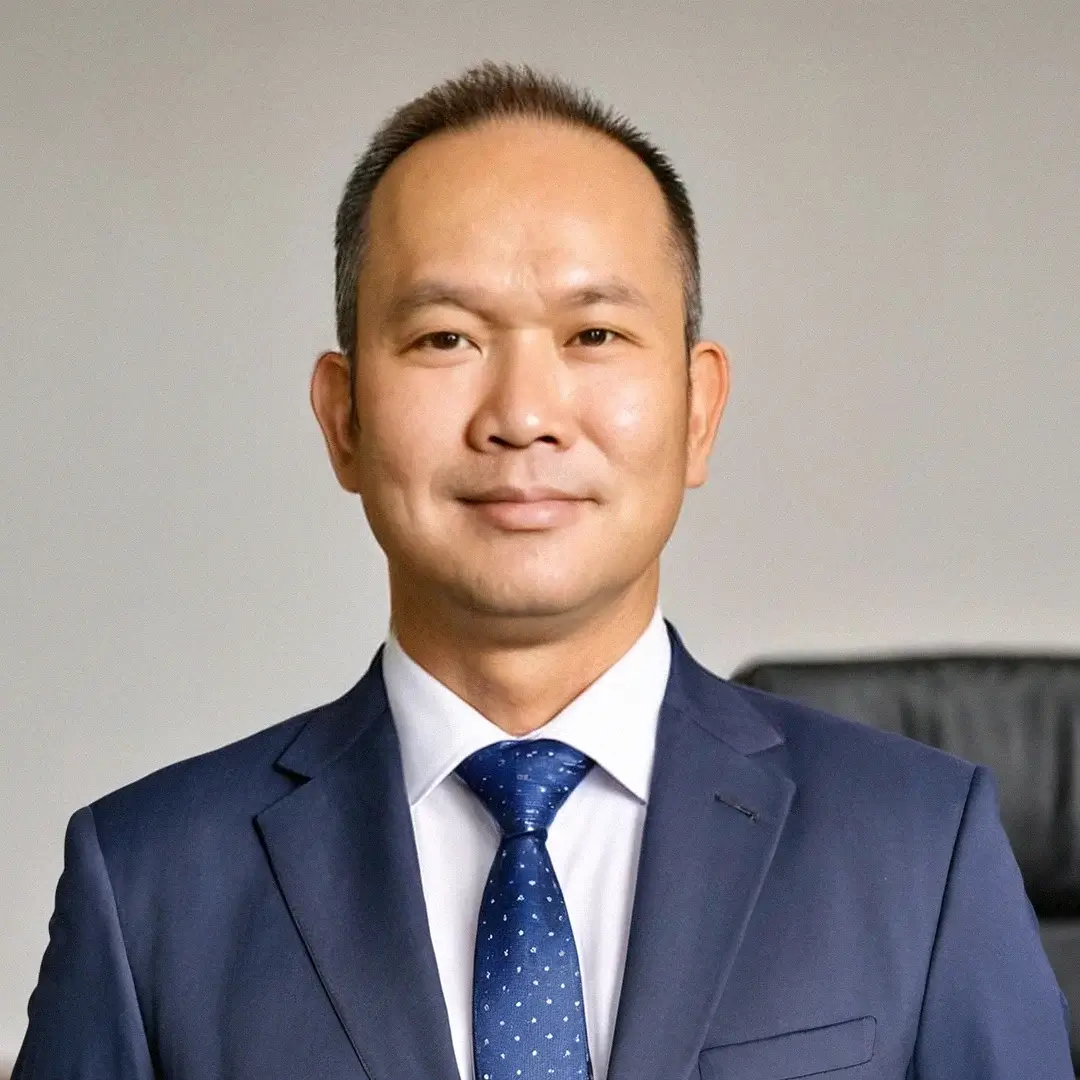Ready to use legal template
Drafted by experienced lawyers
Compliant with Malaysian law
Ready to use legal template
Drafted by lawyers
Compliant with Malaysian law
Learn more about Employee Handbook in Malaysia
An Employee Handbook serves as a vital tool in shaping the employer-employee relationship and establishing clear guidelines and expectations within an organization. It is a comprehensive document that outlines the policies, procedures, and practices that employees are expected to adhere to during their employment. It acts as a valuable resource for both employers and employees, providing a centralised reference for understanding company culture, rules, benefits, and code of conduct. It serves as a communication tool to ensure consistency and fairness in the workplace, while also promoting compliance with legal requirements and fostering a positive work environment. Themis Partner offers you an easy to edit Employee Handbook drafted by lawyers to comply with the law in Malaysia.
Table of contents
What is an Employee Handbook?
The handbook is a comprehensive document that serves as a guide and reference for employees within an organization. It outlines the company’s policies, procedures, expectations, and benefits, providing employees with a clear understanding of their rights and responsibilities. Typically, it covers a wide range of topics, including but not limited to code of conduct, work hours, dress code, leave policies, performance expectations, employee benefits, disciplinary procedures, and company culture. It serves as a vital communication tool between employers and employees, ensuring consistency and clarity in the workplace. The handbook not only helps new hires familiarise themselves with the organization’s policies but also serves as a reference point for existing employees when questions or issues arise. It plays a crucial role in promoting transparency, setting expectations, and maintaining a positive and productive work environment.
Why use an Employee Handbook?
| ➤ Firstly, it provides a clear and consistent framework for all employees, ensuring they understand the company's policies, procedures, and expectations. It helps to establish a level playing field and ensures fair treatment for everyone. |
| ➤ Secondly, it serves as a legal protection tool for employers. By clearly outlining policies and procedures, it helps mitigate potential legal risks by demonstrating that the company has communicated its expectations and provided employees with necessary information. |
| ➤ Additionally, it promotes a positive and inclusive work culture by outlining the company's values, mission, and code of conduct. It sets the tone for professionalism, respect, and integrity in the workplace. |
| ➤ Furthermore, it serves as a reference guide for employees, allowing them to find answers to common questions, understand their benefits, and know where to turn for support. |
Overall, it enhances communication, consistency, and compliance, fostering a productive and harmonious work environment.
What should an Employee Handbook include?
1. Introduction
A welcome message and an overview of the company’s mission, values, and culture.
2. Employment Policies
Clear policies on equal employment opportunity, anti-discrimination, harassment prevention, and accommodation requests.
3. Code of Conduct
Guidelines on expected behavior, ethics, and professional standards.
4. Employment Relationship
Information on employment classifications, probationary periods, and at-will employment.
5. Work Hours and Attendance
Policies on work schedules, punctuality, timekeeping, and attendance tracking.
6. Leave Policies
Policies regarding vacation, sick leave, parental leave, bereavement leave, and other types of time off.
7. Compensation and Benefits
Details on salary, overtime, bonuses, benefits, retirement plans, and other forms of compensation.
8. Performance Expectations
Guidelines on job performance, evaluation processes, and opportunities for growth and development.
9. Workplace Safety
Information on safety protocols, emergency procedures, and the company’s commitment to maintaining a secure work environment.
10. Technology and Data Usage
Policies on acceptable use of company technology, Data Protection, and confidentiality.
11. Grievance and Disciplinary Procedures
Guidelines for reporting complaints, conflict resolution, and disciplinary actions.
12. Employee Resources
Information on employee assistance programs, training opportunities, and relevant company resources.
ℹ️ It’s important to note that the handbook should be customised to reflect the specific policies, practices, and legal requirements of each organisation.
How does it address employee rights and benefits?
| ➤ It plays a vital role in addressing employee rights and benefits. |
| ➤ It clearly outlines the rights and protections that employees are entitled to under various laws and regulations, such as equal employment opportunity, anti-discrimination, and leave entitlements. |
| ➤ The handbook specifies the company's commitment to upholding these rights and ensures that employees are aware of their legal protections within the organisation. |
| ➤ Additionally, it provides comprehensive information about employee benefits, including health insurance, retirement plans, paid time off, and other perks. |
| ➤ It details eligibility criteria, enrolment processes, and any additional requirements or limitations. |
ℹ️ By including this information in the handbook, employees have a clear understanding of the benefits they are entitled to and the procedures for accessing them. This transparency helps foster a positive employer-employee relationship, ensures compliance with applicable laws, and empowers employees to exercise their rights and make informed decisions about their benefits.
How does it address performance evaluation?
It outlines the company’s performance expectations, evaluation methods, and frequency of assessments. It may include details on how performance goals are set, how feedback is provided, and the steps involved in the performance review process. The handbook may also outline any specific documentation or forms that are used during evaluations, such as Performance Evaluation Forms or self-assessment templates. In cases where an employee’s performance is not meeting expectations, the handbook may mention the steps involved in addressing performance issues, including verbal warnings, written warnings, and the issuance of an Employee Warning Letter.
Additionally, it may provide information on the circumstances under which employment termination may occur, including the process for issuing an Employment Termination Letter and any applicable notice periods.
By including these details in the handbook, both employees and employers have a clear understanding of the expectations and processes related to performance evaluation, warnings, and termination, promoting fairness and consistency in employment decisions.
What if I don’t have an Employee Handbook
Not having an employee handbook can lead to several challenges and potential drawbacks for both employers and employees. Without a handbook, there may be inconsistencies in the communication of company policies, procedures, and expectations, leading to confusion among employees. This can result in misunderstandings, disputes, and a lack of clarity regarding rights and responsibilities. Furthermore, the absence of the handbook can make it difficult for new hires to acclimate to the organization’s culture and understand its policies, potentially impacting their performance and integration into the company. From an employer’s perspective, not having it increases the risk of legal disputes or non-compliance with employment laws, as there may be no clear documentation of policies or procedures. Additionally, the absence of the document can make it challenging to address issues such as employee misconduct, performance problems, or conflicts consistently and fairly. Overall, having it is essential for promoting consistency, transparency, and a positive work environment, and its absence can lead to various complications and potential risks.
How does it reinforce the employment contract?
| ➤ It clarifies the terms and conditions of employment, including job responsibilities, work hours, and compensation. |
| ➤ It outlines the rights and obligations of both the employer and the employee, ensuring mutual understanding and agreement. |
| ➤The handbook serves as a reference point for employees to understand their rights, benefits, and the procedures for requesting time off or addressing workplace concerns. |
| ➤It also reinforces the employer's commitment to providing a safe and inclusive work environment by outlining policies on harassment, discrimination, and accommodation. |
| ➤Moreover, the handbook may include information on disciplinary procedures, reinforcing the consequences of violating company policies. |
By aligning with the employment contract, the handbook provides a clear framework for the employment relationship and helps mitigate misunderstandings or disputes that may arise.
SPECIAL OFFER
HR Pro
15 Document Package
Essential documents for managing employees in Malaysia
Share information
Why Themis Partner ?
Make documents forhundreds of purposes
Hundreds of documents
Instant access to our entire library of documents for Malaysia.
24/7 legal support
Free legal advice from our network of qualified lawyers.
Easily customized
Editable Word documents, unlimited revisions and copies.
Legal and Reliable
Documents written by lawyers that you can use with confidence.




